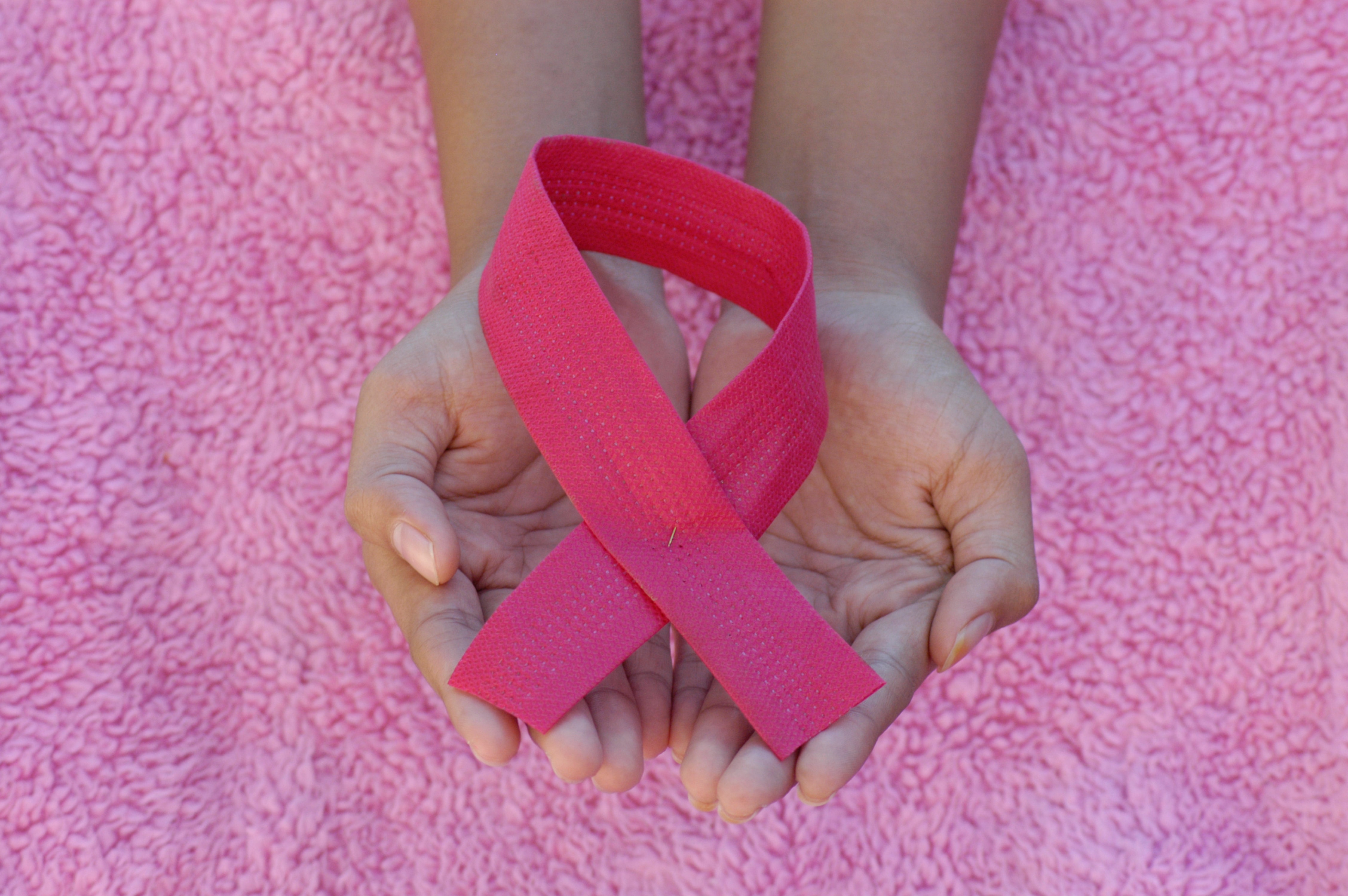Why are Hispanic women getting fewer mammograms?
Medical Pharmaceutical Translations • Nov 30, 2020 12:00:00 AM

The American College of Surgeons reports that Hispanic women get mammograms 27% less often than other groups in the US.
By extrapolating data from a recent survey, Dr. Jose Cataneo determined that nearly half a million Hispanic women in the US might currently have breast cancer and not be aware of it.
Cataneo and his colleagues claim that the main reason Hispanic women aren’t getting mammograms is the language barrier. Citing the fact that a significant percentage of Hispanic women in the US have limited English proficiency (LEP), the article is a call to action for healthcare providers to communicate better with Spanish-speakers.
But is language really what’s keeping mammograms inaccessible?
According to Reid Health, some of the most common reasons women don’t get mammograms include the assumption that a lack of visible or easily felt symptoms means they don’t need one; a lack of time; and a lack of money.
Language doesn’t appear to be an issue so much as insufficient knowledge about breast cancer prevention, not to mention financial hardship.
The American Cancer Society’s Cancer Facts and Figures for Hispanics and Latinos 2018-2020 states that “[s]ocioeconomic status, as measured by income and education, is the most critical factor affecting health and longevity.” The report adds:
In the US, health care access is closely linked to insurance coverage. Hispanics are the least likely to have health insurance of any racial or ethnic group.
So it would seem that instead of addressing language alone, the way to encourage more Hispanic women in the US to get mammograms is a two-pronged approach:
1. Raise awareness.
The key to a successful health awareness campaign is understanding one’s audience. This means that slogans and material may have to be created in Spanish, but equally importantly, they must focus on common beliefs, knowledge, needs, and cultural practices among Hispanic women.
2. Share information about free or low-cost mammograms.
A quick online search will show that many people are unaware that, in many cases, you can get a free or subsidized mammogram in the US.
Under the Affordable Care Act, for patients over age 40 and without prior symptoms, a yearly mammogram should be free under all health insurance plans, including Medicare and Medicaid.
People who aren’t insured can contact their local American Cancer Society branch to get a list of clinics that offer free mammograms. Charities like Susan G. Komen can also help with finding free mammograms or covering costs.
Healthcare providers should consider posting this information in their physical locations, or distributing it if they have a particular way to communicate with their patients (mailing lists, social media, newsletters, etc.). Organizations should find ways to make it easier to find and create a (correctly translated) Spanish-language document or webpage that includes this information, as well.
It’s easy to blame language when there’s a barrier to patients getting care. But often there’ s more than just words at play. Learning about a group’s socioeconomic status and culture is key for healthcare providers or anyone trying to make a difference and save lives.
Contact Our Writer – Alysa Salzberg
